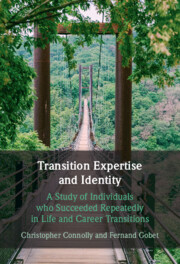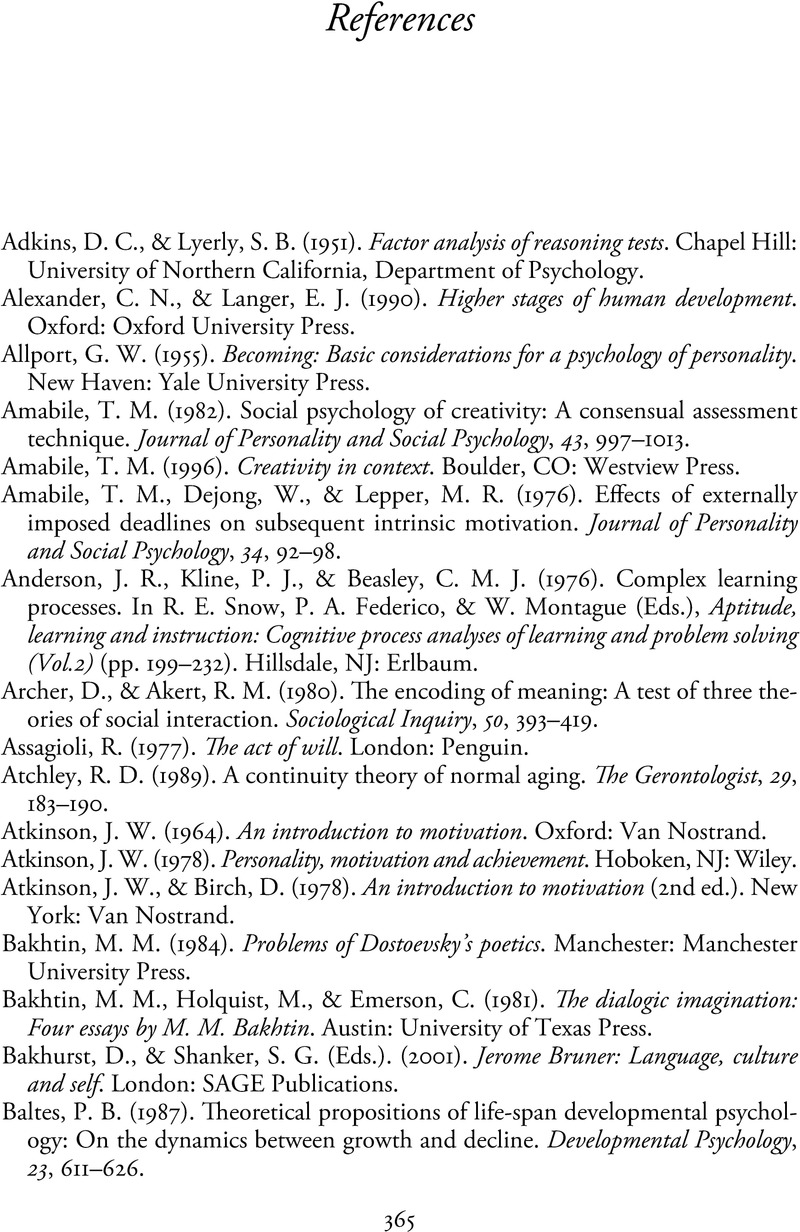 Transition Expertise and Identity
Transition Expertise and Identity Book contents
- Transition Expertise and Identity
- Transition Expertise and Identity
- Copyright page
- Dedication
- Contents
- Figures
- Tables
- Preface
- Acknowledgments
- Chapter 1 Introduction
- Part I Transitions
- Part II Transition Expertise
- Part III Motivation
- Part IV The Project of the Self
- Appendix 1 Methodology
- Appendix 2 Nontransitions
- References
- Index
- References
References
Published online by Cambridge University Press: 30 May 2024
- Transition Expertise and Identity
- Transition Expertise and Identity
- Copyright page
- Dedication
- Contents
- Figures
- Tables
- Preface
- Acknowledgments
- Chapter 1 Introduction
- Part I Transitions
- Part II Transition Expertise
- Part III Motivation
- Part IV The Project of the Self
- Appendix 1 Methodology
- Appendix 2 Nontransitions
- References
- Index
- References
Summary

- Type
- Chapter
- Information
- Transition Expertise and IdentityA Study of Individuals Who Succeeded Repeatedly in Life and Career Transitions, pp. 365 - 390Publisher: Cambridge University PressPrint publication year: 2024


